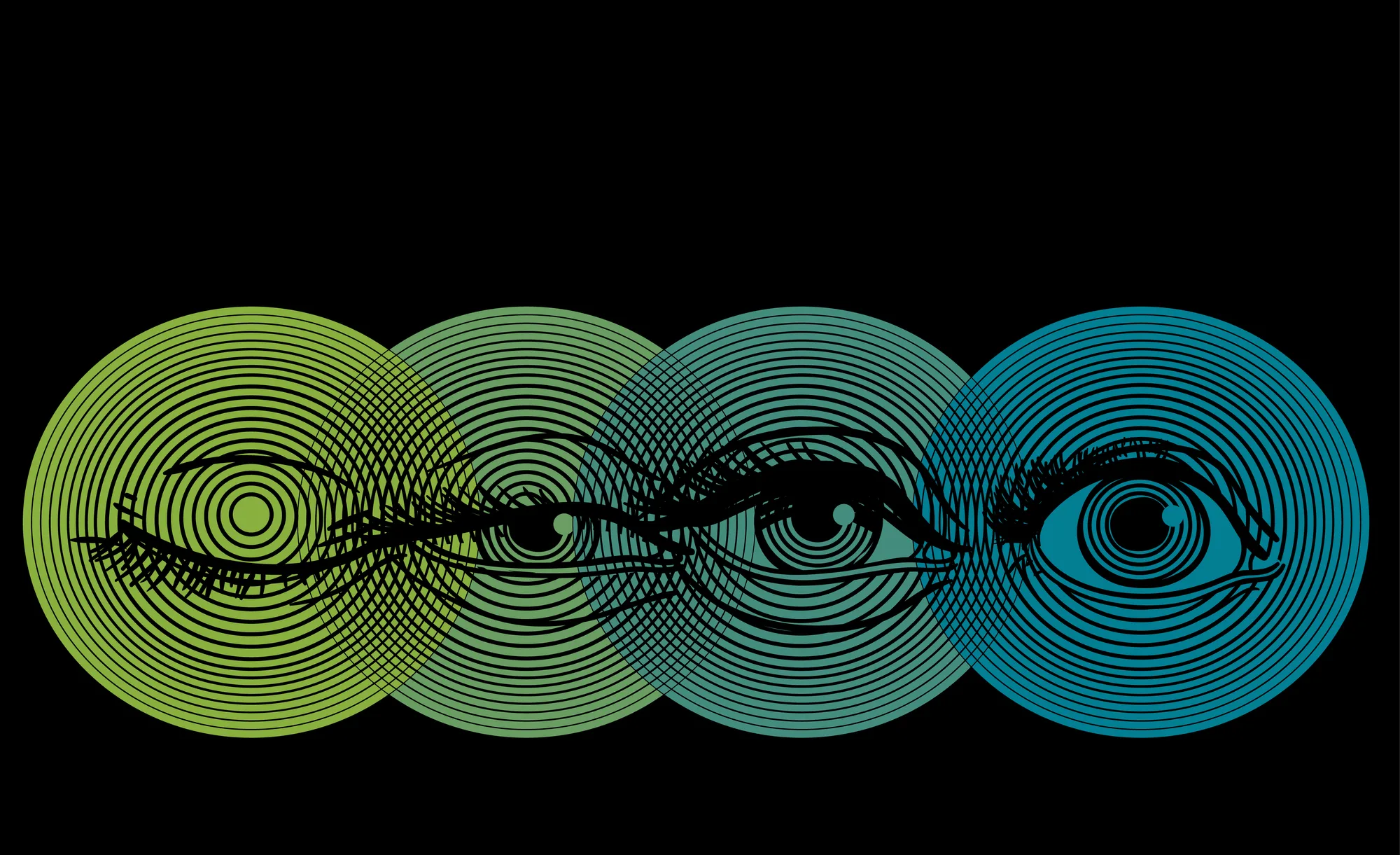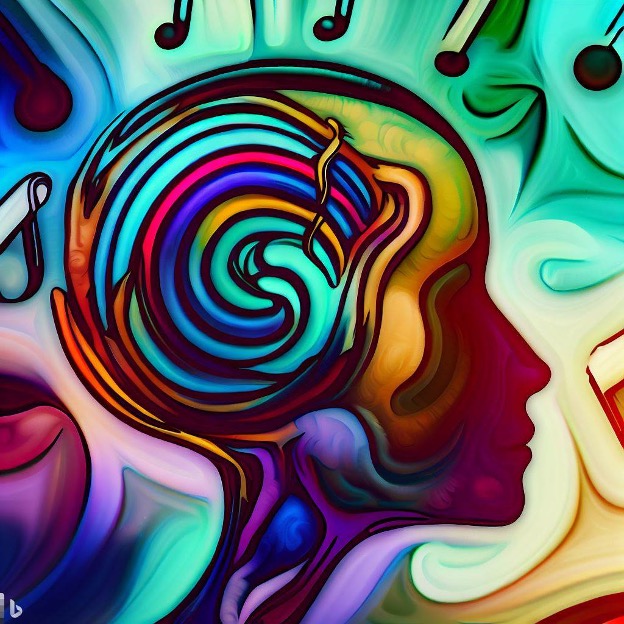One of the most frustrating things about CRPS is that it’s not a widely understood pain condition. The International Neuromodulation Society explains that complex regional pain syndrome has been a challenge to treat historically. The main reason being that physicians can’t find an apparent cause for the degree of pain their patients are experiencing. As a consequence, diagnosis is through the process of elimination.
A Brief Overview of CRPS
CRPS, which is an acronym for complex regional pain syndrome, is a form of chronic pain because it lasts for more than six months. This syndrome typically affects the patient’s arm, hand, leg, or foot. However, CRPS can affect patients anywhere throughout their body. The development of CRPS is commonly follows a heart attack, injury, stroke, surgery, or traumatic injury. Under most circumstances, the pain the patient is experiencing is disproportionate with the initial cause, or where they should be in their healing since the original health event.
Signs and symptoms of CRPS include:
- Burning or throbbing pain that’s continuous in the arm, hand, leg, or foot.
- Changes in the color of the skin, which ranges from mottled blue or red to white.
- Changes in the temperature of the skin, alternating between cold and sweaty.
- Changes in the texture of the skin, which may become shiny, tender, or thin.
- Changes occurring in the way hair or nails are growing.
- The patient is sensitive to cold or touch.
- There’s a decrease in movement in the body part that’s affected.
- You notice damage, stiffness, and swelling.
- You see swelling occurring where you’re experiencing pain.
- You’re experiencing muscle spasms, tremors, and weakness in the affected area.
Why is Ketamine Helpful for CRPS?
In addition to helping with mood disorders, ketamine is a relatively safe treatment for chronic pain. For the past five years, ketamine has been used in hospital settings with high rates of effectiveness and few side effects. Some patients try other medications for pain unsuccessfully and decide to try ketamine, finding that it works quickly.
Jijun Xu, MD, Ph.D., a pain management specialist, explains, “With CRPS, we believe there are changes in the central nervous system at work. These changes wind up the pain signals from your body. Normally, bumping your leg or touching a cold item would cause a small amount of pain. In someone with CRPS, those stimuli cause intense, severe pain.
This type of amplification of pain is believed to be due to activation of one of the nerve cell receptors, namely NMDA receptor. Ketamine is a potent anesthetic that works on these receptors, blocking them from firing, which decreases the pain.”
According to authors of Ketamine: Current Applications in Anesthesia, Pain, and Critical Care, “On the basis of a few short term trials with limited clinical applications, ketamine may be effective in the treatment of chronic peripheral and central neuropathic pain, phantom and ischemic limb pain, fibromyalgia, chronic regional pain syndrome (CRPS), visceral pain and migraine.”
According to a study published by Biochemical and Biophysical Research Communications, ketamine increases BDNF (brain-derived neurotrophic factor). These findings are significant because BDNF is critical not only for the enhancement of memory and reduction of stress but also for chronic pain reduction as well.
What is Ketamine Therapy?
Ketamine therapy is an alternative treatment for depression, PTSD, migraine headache, CRPS, and other pain conditions. Patients and medical professionals are turning to it as an alternative to the use of opioids and antidepressant medications. One of the reasons why ketamine is getting a lot of attention in headlines is due to the FDA approving a nasal spray, Spravato which contains esketamine, a form of ketamine.
Two types of patients benefit from ketamine therapy—those who are experiencing chronic pain with plans to undergo surgery, and those who are treatment-resistant to other forms of medication. Patients who take opioids and find them ineffective or worry about their addictive potential, can also benefit from the use of ketamine infusion therapy. According to Practical Pain Management, “Several conditions, including cancer, CRPS, fibromyalgia, neuropathic pain, phantom pain, postherpetic neuralgia, sickle cell disease, and spinal injury, may result in chronic pain. Ketamine has been used to manage pain in all of these conditions.”
Ketamine As a Treatment
In a case report published by Pain Physician, authors describe a 41-year-old woman’s treatment experience with ketamine. She was experiencing CRPS-1 in her right lower limb and was attempting to relieve her pain with bisphosphonates, calcitonin, gabapentin, IV lidocaine, opioids, steroids, and topical lidocaine cream. Nothing was working to alleviate her pain. However, after three weeks of receiving 50 mg of ketamine over 30 minutes once per week, she found relief. Following her third and final session, she was pain-free for the first time in six years. She attended her one-year follow-up visit and reported that the pain had not returned after her last ketamine infusion.
What the Process Looks Like
Ketamine infusion therapy occurs as an outpatient process in a clinical setting. Patients are brought to a private room where they have a comfortable infusion chair available to them. Under most circumstances, the infusion takes between forty-five minutes to one hour, depending on the treatment plan. Patients can stay for as long as they want following the treatment. The recommendation is that patients have someone accompany them during their first visit. Under some circumstances, patients will nap, listen to music, or rest comfortably during the infusion.
What to expect
Before ketamine infusions begin, patients will set up a consultation. That way they’ll have an opportunity to meet with the doctor informally, get to know each other, and develop a rapport. The doctor will go over details regarding your physical and mental well-being to help build a plan. The initial consultation has no time limit, so there’s plenty of opportunities to discuss CRSP pain, the challenges it presents, and ask how ketamine is beneficial.
The doctor will explain that every ketamine infusion treatment plan differs from each other. The main reason is that they’re based on a variety of factors, including a patient’s age, medical history, prior treatment history, and weight. When ketamine infusions begin, your infusions will be adjusted based on how you’re responding to the initial treatments.
Because you’re being treated for CRPS pain, you can expect your infusion treatment to last longer than if you were being treated for bipolar or PTSD. You won’t lose consciousness but, instead, you might feel a mild dissociative feeling. Some patients like having a blanket to help with this feeling of relaxation. The effects of ketamine are often felt almost immediately.
Wrapping Up
CRPS is a chronic pain condition that’s not only a challenge to diagnose but also manage. Patients suffering from this syndrome often have difficulty finding relief or are treatment-resistant to medications or therapies. That’s where ketamine helps treat CRPS pain.
Contact us at Bespoke Treatment to learn more about how as well as to set up your first consultation.


























